2023 Toyota Highlander First Drive Review: It's Turbo Time

FAST FACTS
| Engine: | 2.4L I4 Turbo |
| Output: | 265 hp, 310 lb-ft |
| Transmission: | 8AT, AWD |
| US fuel economy (MPG): | 21/28/24 (AWD) |
| CAN fuel economy (L/100KM): | 11.8/8.6/10.3 |
| Starting Price (USD): | $37,755 (inc. dest.) |
| As-Tested Price (USD): | $49,360 (inc. dest.) |
| Starting Price (CAD): | $47,540 (inc. dest.) |
| As-Tested Price (CAD): | $55,780 (inc. dest.) |
A light refresh focuses on improvements under the hood and atop the dashboard.
You’ll be hard-pressed to tell the 2023 Toyota Highlander apart from last year’s model. Pretty Cypress green paint aside—new to this model, but available elsewhere in the Toyota range—it doesn’t look much different.
It also doesn’t need to. The Highlander is one of the best-selling mid-sized SUVs in America: in 2021 the Jeep Grand Cherokee, with the benefit of two- and three-row models, just outsold it 264,444 to 264,128. The Highlander was the ninth-best-selling vehicle in the country, overall. A similar story unfolded in Canada, where the Highlander topped the three-row charts.
Nonetheless, the Japanese brand understands it can’t just rest on its laurels. The 2023 Toyota Highlander line up arrives on the scene with a new engine and a better user experience. Is it enough to keep it ahead of the pack? We went to Nashville to find out.
Get a Quote on a New 2023 Toyota HighlanderWhat’s new?
Toyota focused its special Improvement Ray ™ on two aspects of the Highlander experience for 2023: the engine and the infotainment.
All gas-only models have ditched the venerable 3.5-liter V6, meaning the Highlander is now four-cylinder only. The 2.4-liter turbo has slowly been making the rounds in the Toyota/Lexus lineups; here, it makes 265 horsepower and 310 pound-feet of torque. That’s a 30-pony drop and a 47-lb-ft improvement, so this is still a net gain.
SEE ALSO: 2023 Hyundai Palisade Review First Drive: Just Like The Old Car, But BetterCrucially, the turbo still sips regular fuel. Fuel economy is better too, now a combined 25 mpg (9.4 L/100 km) for front-drive models, matching the slightly smaller Kia Sorento. Toyota also points out that the new engine sees more than a 50-percent reduction in nitrogen oxide (NOx) and non-methane organic gases (NOMG) emissions versus the old. AWD is once again optional.
The Highlander Hybrid is still available, and remains a popular choice, accounting for over 20-percent of fourth-gen Highlander sales. Unlike the smaller RAV4, it remains available in front- and all-wheel drive flavors. Buyers have the choice of seven or eight seats, depending on trim.
Inside, the outdated Entune infotainment system says buh-bye, and the Toyota Audio Multimedia system moves in. The top Limited and Platinum trims also drop a fully digital instrument panel in behind the wheel; the rest of the line uses analog dials and a 7.0-inch TFT screen.
Modern family (hauler)
As TAM is the major change happening inside the Highlander, that’s where we’ll focus. The 12.3-inch version is bright and crisp, and resists glare from the Tennessee sun well. Toyota has kept a gaggle of physical buttons and dials below the screen for climate control, so it’s a win on that front. The touchscreen has snappy response times too, and pairs quickly with my iPhone for wireless CarPlay. Folks who like to channel-hop will not be happy with the lack of a tuning knob, however.
The digital instrument panel is slick, too. By default the dials look similar to traditional ones, only now there are multiple visual themes to choose from. Toyota includes some neat (but not too distracting) animations for swapping between drive modes as well.
The rest of the interior is the same Highlander package we’ve known since it debuted for 2020. The front seats are comfortable and plenty adjustable, though it feels oddly tight on headroom. That applies to the second row too, with a protuberance for the roof-mounted vents that ends up right in the line of sight for adult riders. Storage cubbies in the dashboard are useful, though the wireless charger has ridges that stop my iPhone’s case from laying flat, being just too big.
Access to the third row is reasonably easy, though it remains one of the tighter way-backs in the class. Legroom is just 27.7 inches (704 millimeters), and headroom tapers to 36.1 inches (917 mm). Cargo space remains unchanged at 16 cubic feet (453 liters) with all rows up, 48.4 cu-ft (1,371 L) with the third-row folded, and 84.3 (2,387 L) with both rows down.
SEE ALSO: 2023 Toyota GR Corolla Review First Drive: Sporty Toyota InternationalAn engine better suited to everyday
The best part of the new turbocharged engine is that it’s almost imperceptibly turbocharged. Tip into the throttle and the torque greets you nice and early, shifting the Highlander forward with a low rumble. The eight-speed auto does a great job keeping the revs in the meat of the powerband, too. The V6 had slightly sharper responses, but it needed to be revved to 4,400 rpm to access its peak torque. Here in the land of turbo power, the peak now happens at just 1,700 rpm, and maintains until 3,600 rpm.
All-wheel drive versions of the XSE, Platinum, and Limited models all feature torque vectoring. Don’t let that, or the available drive modes, lead you to think the Highlander is some sort of high-riding sport sedan. This is a ride that puts comfort above all else, with a soft, easy-going gait and super-light steering. Sure-footed and secure, the Highlander was made for painless progress. Braking is consistent and progressive.
According to the EPA, buyers can expect 22 mpg city, 29 mpg highway, and 25 mpg combined out of a turbo front-drive Highlander. AWD models knock 1 mpg off each measure. Canadian figures are 10.7, 8.1, and 9.4 L/100 km, respectively.
Toyota Safety Sense 2.5+ is standard across the board, with dynamic cruise control, automated emergency braking including pedestrian detection, lane departure alert, lane keep assist, road sign recognition, and auto high beams.
SEE ALSO: Kia Telluride vs Subaru Ascent ComparisonDollars and sense
On average, the 2023 Highlander sees prices rise by about a grand across the board. In the US, buyers will find an entry price of $37,755 (including $1,335 in destination). The trim walk continues to be LE, XLE, Limited, and Platinum, with the gas-only XSE and hybrid-only Bronze Edition both slotting between their respective XLE and Limited siblings. Opting for AWD is an extra $1,600 charge ($1,950 for XSE, Limited, and Platinum); the upgrade to hybrid power is $1,400.
Canada doesn’t take the L (trim), nor does it bother with FWD, so you’re looking at $47,540 CAD to start with a Highlander LE AWD, including destination. The swap to hybrid will cost $2,500 CAD. Pile on everything and a Highlander Hybrid Platinum will crest $60,000 CAD with premium paint.
As-tested, this Limited AWD tester would ring up at $49,360 ($55,780 CAD), including destination.
SEE ALSO: 2022 Toyota RAV4 Hybrid SE Review: Hooked on a FeelingFinal Thoughts: 2023 Toyota Highlander First Drive Review
Toyota has wrought useful improvements on the 2023 Highlander. The turbocharged engine is a better everyday option than the old V6, and the infotainment system is a massive jump forward. We’d still go hybrid if it was our choice, but either way, the best-selling three-row SUV has just become a stronger package. We wouldn’t bet against its continued domination.
FAQs
How much does the 2023 Toyota Highlander cost?
The 2023 Toyota Highlander starts from $37,755 ($47,540 CAD), including destination.
When can you buy the 2023 Toyota Highlander?
The turbocharged gas Highlander and fuel-sipping hybrid should both be arriving in dealerships at the time of publishing.
How much can the 2023 Toyota Highlander tow?
The 2023 Toyota Highlander is rated to a maximum of 5,000 lb of towing capacity.
Become an AutoGuide insider. Get the latest from the automotive world first by subscribing to our newsletter here.
LOVE IT
- Better engine
- Better infotainment
- No-fuss driving dynamics
LEAVE IT
- Hybrid is still the pick
- Tight third row
- Gets pricey in top trims

Kyle began his automotive obsession before he even started school, courtesy of a remote control Porsche and various LEGO sets. He later studied advertising and graphic design at Humber College, which led him to writing about cars (both real and digital). He is now a proud member of the Automobile Journalists Association of Canada (AJAC), where he was the Journalist of the Year runner-up for 2021.
More by Kyle Patrick



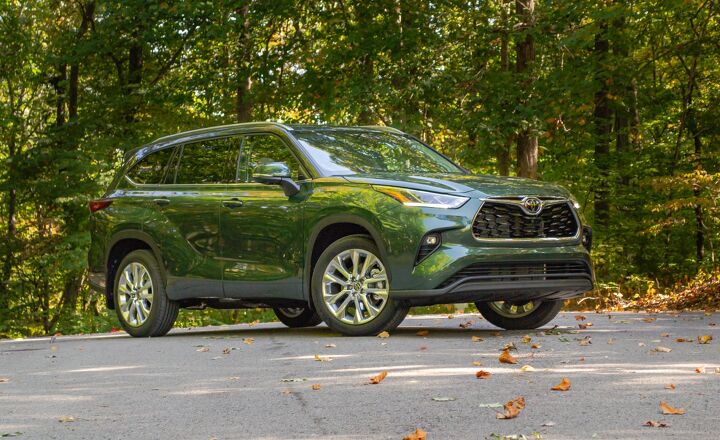
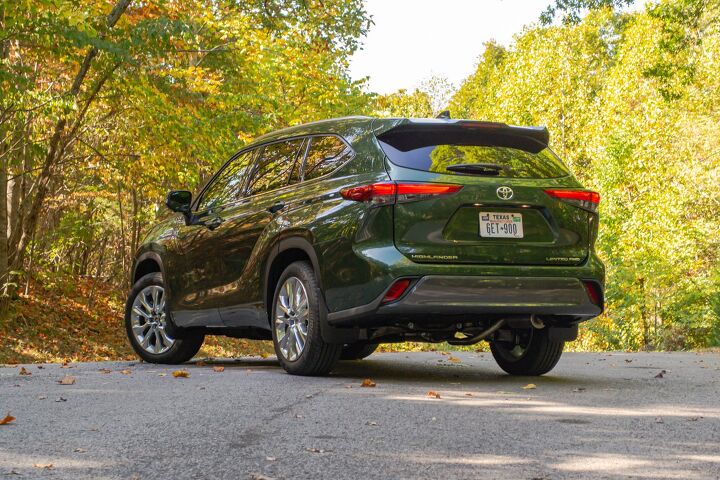



















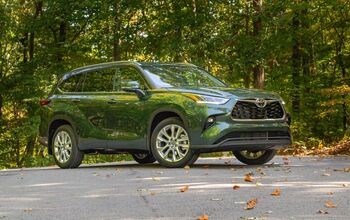
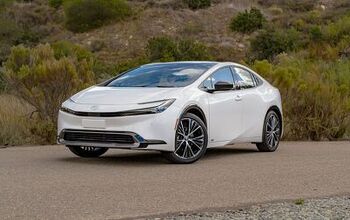
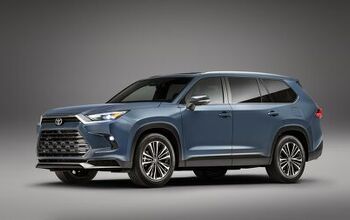
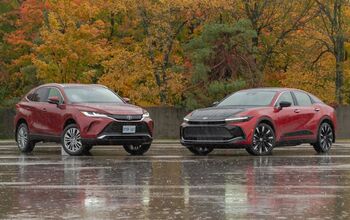
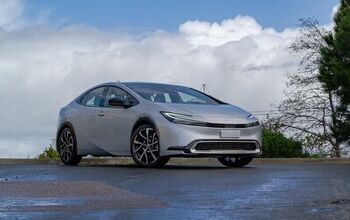

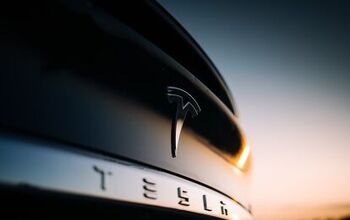
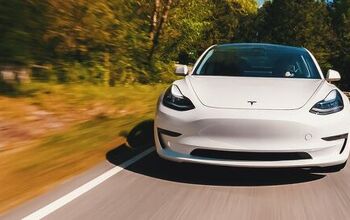







Comments
Join the conversation